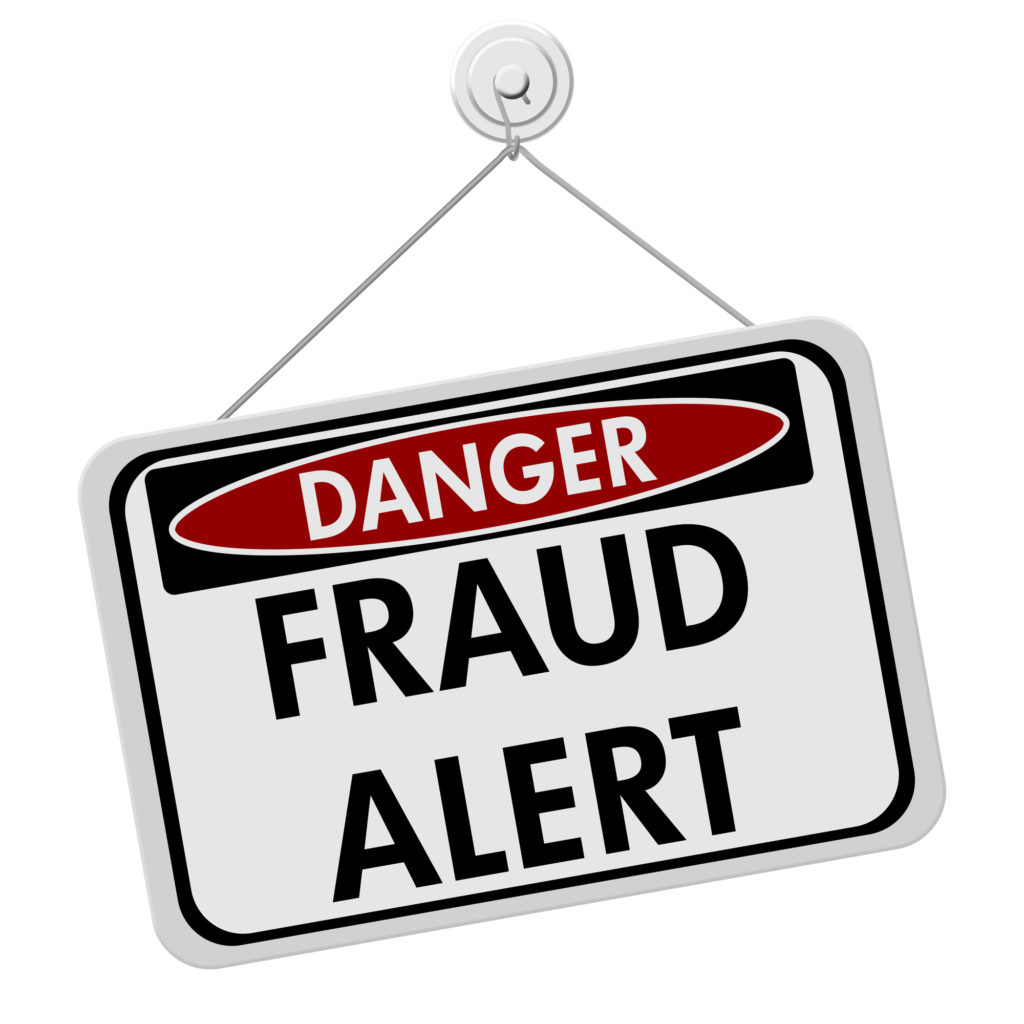The growing digital media landscape continues to offer many new, exciting advertising options for marketers, but new alternatives occasionally bring new problems. In this case it’s ad fraud. Ad fraud has increasingly become more common. It impacts the marketing community economically.This year alone marketers are expected to lose as much as $11 billion due to ad fraud, 22% more than last year. It also hurts the credibility of the ad networks and websites that we work with and diminishes the reliability of the data we collect and use to create marketing strategies.
What is Ad Fraud?
So what is ad fraud exactly? While it comes in many different varieties, essentially it is deceptive practices used to:
- Charge for ads that were never placed or viewed.
- Inflate impressions, clicks, traffic, conversions and other metrics.
- Drive up the price to advertise and push out competitors (primarily in the case of small businesses).
They are usually very hard to detect and often come in the form of malicious coding, infected software, toolbar, and game downloads, bots that imitate human behavior, and computer viruses.
There are several types of ad fraud including:
- Ad Stacking: Or placing ads on top of each other on one page such that they are not viewable to the user, but are still counted as a placement on the website.
- Click fraud: Large groups of paid clickers, or click farms, to click excessively on an ad increasing PPC costs for the advertiser significantly and making them reluctant to advertise. There have been cases of this when a rival company, particularly a small business, uses it to best a rival. This is also used to make an ad appear to be more effective and successful than it might actually be.
- Impression fraud: We see this kind of ad fraud a lot in real-time bidding. In fact, as much as 30% of online traffic today is the result of fake display ad impressions. This occurs primarily because buyers have a very small window of time to determine the validity of their impressions.
- Malware: That pesky software, viruses, adware, etc that infects your computer and makes it perform tasks that you the user haven’t authorized. The way malware impacts digital ads are either by altering information used to track and get data like cookies or the consumer’s IP address or with bots clicking ads.
Preventing Ad Fraud
Ad fraud detection services and technologies have increasingly become more prevalent, but they can also be very expensive and limited in how effectively they solve the problem overall. Before making an investment in expensive fraud detection, test-drive some and see what results you get. Depending on the level of fraud you are able to detect and prevent it may be worth the investment.
For the above reasons, it becomes necessary to take these steps to decrease the likelihood of being an ad fraud victim:
- Direct Buy When Possible: There’s no denying that buying through exchanges and networks speeds up the process, but more ad fraud occurs through these types of buys than when buying directly from the publisher. Additionally, this gives the buyers more oversight of where and how their ads are being placed.
- Do Some Whitelisting and Vetting of Publishers: Keep your own list of reputable sites to place on. Check out some of the sites to see if they look legitimate or a bit spammy. Research their records via first- and third-party reports
- Check out the IAB’s Ad Fraud Report: The Interactive Ad Bureau has become the watchdog and standard-bearer for most all things digital advertising. They released a really informative ebook: “Traffic Fraud: Best Practices for Reducing Risk to Exposure” offering some really helpful tips for combatting ad fraud.
If You Become a Victim of Ad Fraud
Unlike traditional advertising platforms like TV, radio, and print unfortunately, victims of ad fraud are often less likely to receive make-goods, rebates or refunds on fraudulent advertising. This does not mean you should not at least attempt to negotiate some sort of compensation. You can also block any suspicious ads once you’ve determined them to be suspicious and refuse any additional payment.
The presence of ad fraud does not have to make marketers hesitant to continue pursuing digital advertising options. What it does mean, however, is that we have to be more aware of the potential fraudsters out there. Empower yourselves to learn more about the dangers out there and you’ll be more prepared to handle them as they come up.
Concerned what impact ad fraud might have on your digital advertising? Contact Capitol Media Solutions today and let us customize a digital media strategy for your company.

